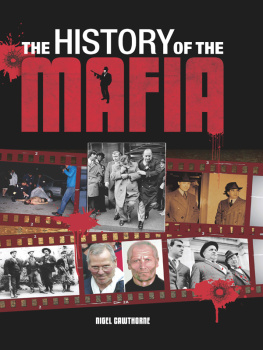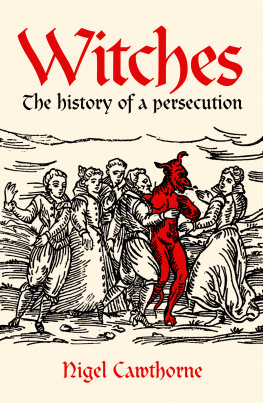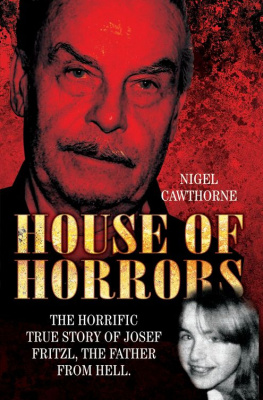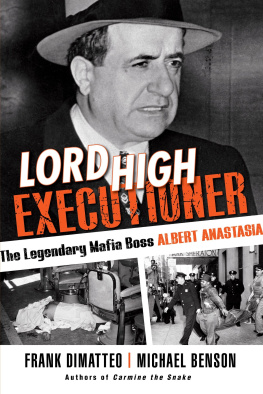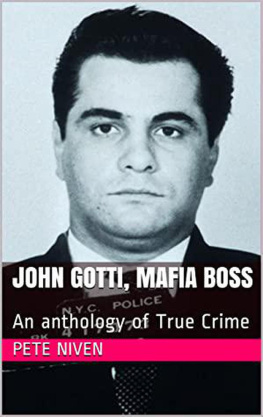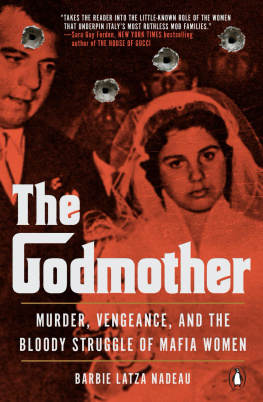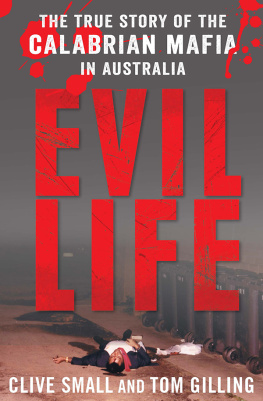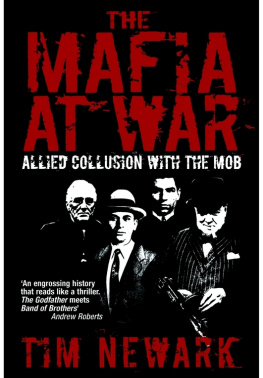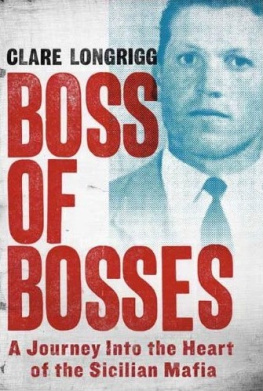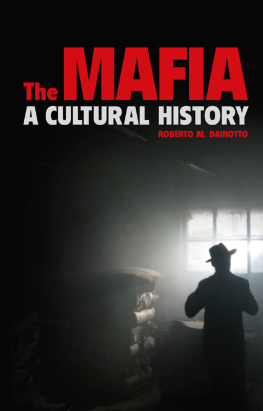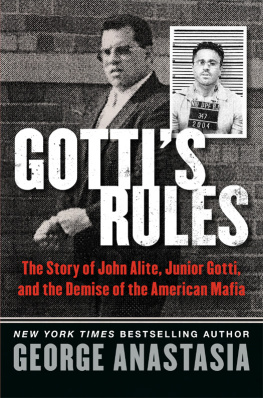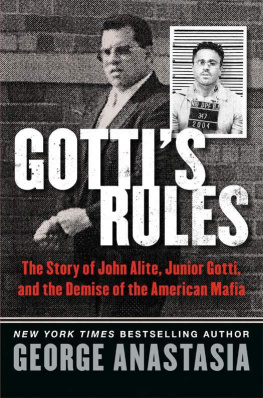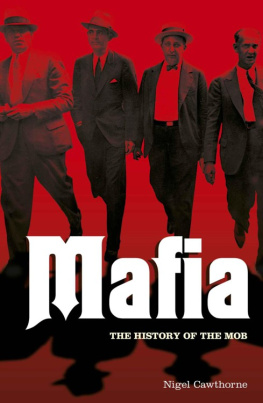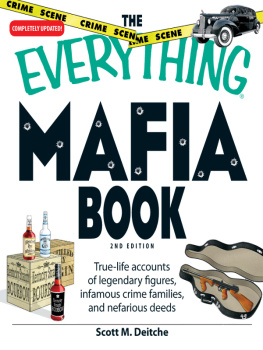All rights reserved. No part of this publication may be reproduced, stored in a retrieval system, or transmitted, in any form or by any means, electronic, mechanical, photocopying, recording or otherwise, without priori written permission in accordance with the provisions of the Copyright Act 1956 (as amended). Any person or persons who do any unauthorised act in relation to this publication may be liable to criminal prosecution and civil claims for damages.
Images courtesy of Shutterstock, Corbis, Getty Images, Topfoto, ED Archives and New York Public Library. All cover images are from Corbis, except for bottom left which is from Topfoto. For more information contact
INTRODUCTION
T he Italian criminal societies that are now collectively known as the Mafia gradually evolved on the small island of Sicily. Gangs of bandits had probably roamed the island for some centuries. They would perhaps have survived by rustling cattle or kidnapping for ransom. By the 18th century the names of some of the gangs and their leaders began to be recorded, but there was still little or no communication between them.
Then somewhere around the middle of the 19th century these isolated bands discovered a common purpose when they began to unite against the islands hated Bourbon rulers. It was at about this time, also, that they began to be referred to as the Mafia.
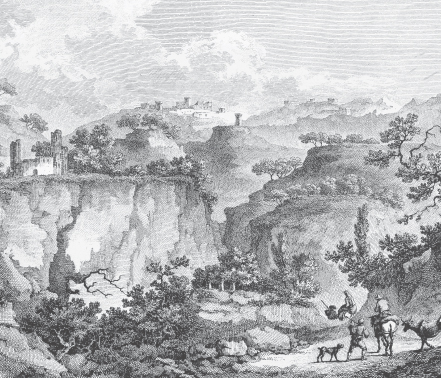
Valley of the Temples, Sicily, 1786 travellers feared journeys at night, but daytime could be dangerous too
By the 1860s traditional banditry had given way to a gangster culture that permeated the whole of Sicilian society. The Mafia took on roles such as tax collection or law enforcement and it also began to control the islands financial system. Anyone who opposed the Mafia was dealt with in a swift and bloody fashion, so people began to fear it. As a result, members of the Mafia became immune from prosecution and they were able to ensure that politicians of their choice were elected. The Mafia became even more resistant to authority when it began to collude with the Church. Finally, a savage code of honour, the omrta, ensured that all disciplinary matters were dealt with within the society, rather than by the authorities. Members were also required to observe a strict code of silence. Any infringement of these rules was punishable by death.
The influence of the Mafia soon spread far beyond the shores of Italy and Sicily. In the early 20th century thousands of organized crime figures entered the United States, often illegally. Soon the tentacles of the Mafia entwined themselves around every aspect of American life. And because of its central role in the drug trafficking industry, the Mafia quickly spread its web across Britain, Canada and Australia.
Even though many Mafia members might well be ruthless, antisocial criminals, their arguably glamorous lifestyle has captured the public imagination, both in real life and fiction. Thousands of ordinary, law-abiding citizens have flocked to see gangster movies such as The Godfather and Goodfellas and many well-known personalities have been flattered by the attentions of prominent mobsters.
Many people have tried to stamp the Mafia out. They include Palermo police chief Cesare Mori, Fascist dictator Benito Mussolini, campaigning cop Joe Petrosino, Attorney-General Robert F. Kennedy, the RICO (Racketeer Influenced and Corrupt Organizations Act) prosecutors and Giovanni Falcone and Paolo Borsellino, the crusading judges. Some of them lost their lives in the struggle. However, the campaign against the Mafia has recently been greatly assisted by the fact that the omert the code of silence has now been broken. The testimony of the pentiti the penitent ones has led to mass arrests in Sicily and the United States and people in Sicily are now saying addiopizzo goodbye to the pizzo (Mafia protection money).
The traditional Mafia organization might now be in decline, but criminals will always find a way. In the United States, the Russian Mafia and the Yakuza the Japanese Mafia are moving in, while old Mafia families such as the Lucchese are making new alliances with African-American gangs such as the Bloods.
While the story of the Mafia may not be over, it is a long and enthralling tale which is drenched in blood and scored with betrayal. Ostensibly, mafiosi adhere to a strict code of honour, yet they will stick a knife into anyones back for the purpose of advancement. They are ruthless businessmen who eliminate the competition by killing they are soldiers who go to war on the streets.
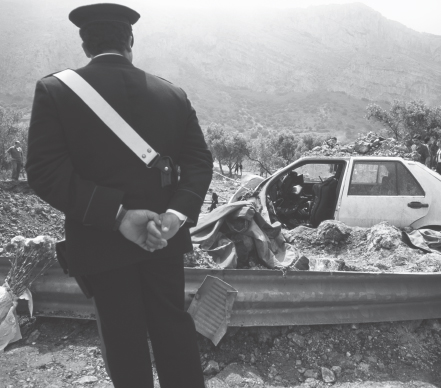
Opposing the Mafia has always been a risky business. In May 1992, Judge Giovanni Falcone died in his car after a roadside bomb exploded
A History of the Mafia is full of blood-chilling characters: Don Vito Cascio Ferro, the New York mobster who lured Joe Petrosino to his death in Palermo; Al Capone, who ran Chicago during the Prohibition era; Lucky Luciano, who escaped death and then life imprisonment by lending Mafia support to the war effort; Don Calogero Vizzini, who eliminated the enemy when the Allies invaded Sicily; Vito Genovese, who made money from both sides during the war; Meyer Lansky, the racketeer who never spent a day in jail; hitmen Louis Lepke Buchalter and Albert Anastasia, who ran Murder, Inc.; Benjamin Bugsy Siegel, who turned Las Vegas into the home of gambling; Giuseppe Joe Bananas Bonanno, who crossed the Five Families and walked away with his life; Tommaso Buscetta, the Don of the Two Worlds; Salvatore Tot Riina, boss of bosses; John Gotti, The Teflon Don; Bernardo The Tractor Provenzano, who hid out in a farmhouse for 43 years. The list goes on.
These were extraordinary men who lived through extraordinary times, times that are rapidly disappearing. A History of the Mafia tells the story of their lives, their families, their codes, their crimes and their cold-blooded murders.
Nigel Cawthorne
1
THE SICILIAN VESPERS
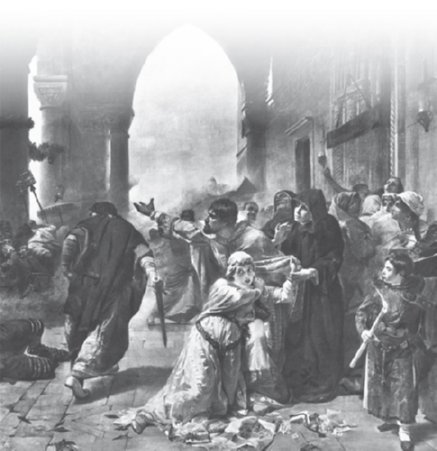
The Sicilian Vespers, 1282
G iuseppe Bonanno grew up in the Mafia stronghold of Castellammare del Golfo. He went on to become the head of one of New Yorks Five Families, where he was known as Joe Bananas. As a child he was told the story of the Sicilian Vespers.

Joseph Joe Bananas Bonanno walks through a group of reporters, New York City, 1966
In the 13th century, Sicily was under French domination. As the people of Palermo made their way to evening worship vespers during Easter week of 1282, there were tax collectors waiting outside the churches. Their job was to arrest those who were in arrears. They handcuffed debtors and dragged them away to jail, publicly shaming them by slapping their faces an intolerable insult to a Sicilian.
A young lady of rare beauty, who was soon to be married, was going to church with her mother when a French soldier named Droetto grabbed hold of her, under the pretext of helping the tax collectors. He then dragged the girl behind the church and raped her. Her distraught mother ran through the streets, crying: Ma fia, ma fia! (My daughter, my daughter, in the Sicilian dialect). The girls fianc found Droetto and stabbed him to death. Meanwhile, the mothers cry, Ma fia, raced through the streets of Palermo and onwards throughout Sicily. According to Bonanno, Ma fia became the rallying cry of the resistance movement, who declared that it was an acronym for Morte alla Francia, Italia anela (Death to France, Italy cries out).

